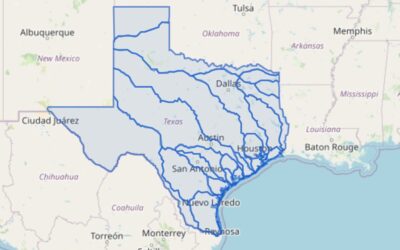The Broadband Development Office (BDO) has officially opened applications for the $30 million Texas Low Earth Orbit (LEO) Satellite Broadband Grant Program. Applicants have until May 23 to submit an application.
The initiative will help ensure that all Texans will have equal access to high-quality internet service through the use of satellite technology. The pilot program will determine the feasibility of bridging the digital divide by reaching hard-to-reach areas, especially in rural areas that contend with geographical barriers and challenges to accessing reliable broadband services.
Compared to fiber, LEO technology can be implemented with lower infrastructure costs, faster deployment and greater geographic flexibility. LEO networks can connect vast, rural areas without needing to build physical infrastructure connecting every home and business. Fiber outperforms LEO in speed and consistency, but LEO can provide a better consumer experience than traditional satellite internet.
Eligible applicants include internet service providers that can provide LEO services capable of meeting the program’s performance benchmarks. The services must be able to deliver service through the LEO satellite network to any location across Texas. The pilot phase, however, will concentrate efforts on unserved locations in five counties:
- Brewster County.
- Culberson County.
- Hudspeth County.
- Jeff Davis County.
- Presidio County.
Recipients will use the awards to build capacity for high-speed, low-latency satellite internet access. Areas that did not attract bids in past grant programs—such as the Bringing Online Opportunities to Texas (BOOT) program—will be the priority for the current LEO initiative.
The first phase of the LEO program will develop capacity for 500 Broadband Serviceable Locations (BSLs). The initiative will be scalable to up to 10,000 BSLs and will include optional increments of 500 as participants increase. All projects receiving funds must demonstrate the ability to scale to meet this demand. The network must also provide each end-user location with broadband speeds equivalent to 100 megabits per second (mbps) for downloads and 20 mbps for uploads with minimal latency.
Photo Courtesy NASA Ames Research Center / NASA







